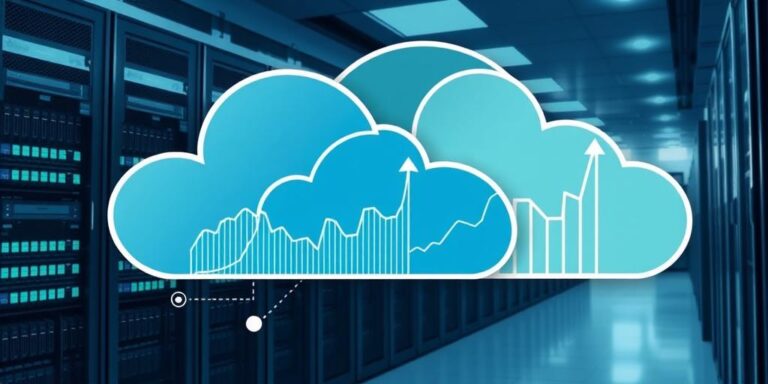Cost Optimization Strategies for Cloud-Native Applications (2025)
As we move further into 2025, cloud-native applications have become the norm for businesses seeking agility, scalability, and resilience. However, the promise of cost savings in the cloud can quickly turn into a budget nightmare if not managed correctly. This article outlines key cost optimization strategies to ensure your cloud-native applications are both efficient and economical.
Understanding Cloud Costs
Before diving into optimization, it’s crucial to understand the different cost components associated with cloud-native applications:
- Compute Resources: Virtual machines, containers, and serverless functions.
- Storage: Block storage, object storage, and archival storage.
- Networking: Data transfer, load balancing, and virtual private networks (VPNs).
- Managed Services: Databases, message queues, and monitoring tools.
Each of these components has its own pricing model, which can be complex and vary between cloud providers. Understanding these models is the first step toward optimizing costs.
Strategies for Cost Optimization
1. Right-Sizing Resources
One of the most common causes of cloud waste is over-provisioning resources. Right-sizing involves analyzing the actual resource utilization of your applications and adjusting the allocated resources accordingly. This can be achieved through:
- Monitoring: Use cloud provider tools or third-party solutions to monitor CPU, memory, and network usage.
- Analysis: Identify underutilized resources and downsize them to a more appropriate level.
- Automation: Implement automated scaling policies to dynamically adjust resources based on demand.
2. Leveraging Spot Instances and Reserved Instances
Cloud providers offer various pricing models to cater to different needs. Spot instances provide significant discounts (up to 90%) compared to on-demand instances but can be terminated with little notice. Reserved instances offer discounts for committing to use resources for a specific period (e.g., one or three years).
- Spot Instances: Ideal for fault-tolerant workloads that can handle interruptions.
- Reserved Instances: Suitable for predictable, long-term workloads.
3. Optimizing Storage Costs
Storage costs can quickly add up, especially for applications that generate large amounts of data. Consider the following strategies:
- Tiered Storage: Use different storage tiers based on data access frequency. Infrequently accessed data can be moved to lower-cost archival storage.
- Data Compression and Deduplication: Reduce the amount of storage required by compressing data and eliminating duplicates.
- Lifecycle Policies: Implement policies to automatically delete or archive data that is no longer needed.
4. Serverless Computing
Serverless computing allows you to run code without provisioning or managing servers. You only pay for the actual compute time consumed, making it a cost-effective option for event-driven and stateless applications.
- Function as a Service (FaaS): Use serverless functions for tasks such as image processing, data transformation, and API endpoints.
- Event-Driven Architectures: Design your applications to respond to events, triggering serverless functions only when needed.
5. Containerization and Orchestration
Containers provide a lightweight and portable way to package and deploy applications. Orchestration tools like Kubernetes automate the deployment, scaling, and management of containers, enabling efficient resource utilization.
- Resource Limits: Set resource limits for containers to prevent them from consuming excessive resources.
- Horizontal Pod Autoscaling (HPA): Automatically scale the number of container replicas based on CPU utilization or other metrics.
- Node Optimization: Use node selectors and taints to ensure that containers are deployed on the most suitable nodes.
6. Continuous Monitoring and Optimization
Cost optimization is an ongoing process that requires continuous monitoring and analysis. Implement monitoring dashboards to track key cost metrics and identify areas for improvement.
- Cost Allocation: Tag resources to track costs at a granular level and allocate them to specific teams or projects.
- Regular Audits: Conduct regular cost audits to identify and eliminate waste.
- Feedback Loop: Establish a feedback loop between development, operations, and finance teams to ensure that cost optimization is a shared responsibility.
Conclusion
Cost optimization is a critical aspect of managing cloud-native applications. By understanding the cost components, implementing the right strategies, and continuously monitoring your environment, you can ensure that your applications are both efficient and economical. As cloud technologies evolve, staying informed and adapting your optimization strategies will be key to maximizing the value of your cloud investments in 2025 and beyond.




